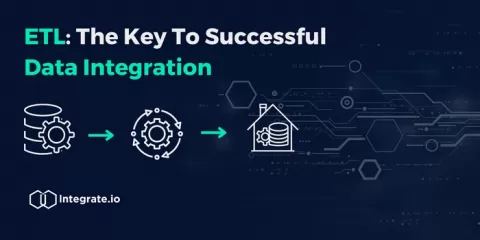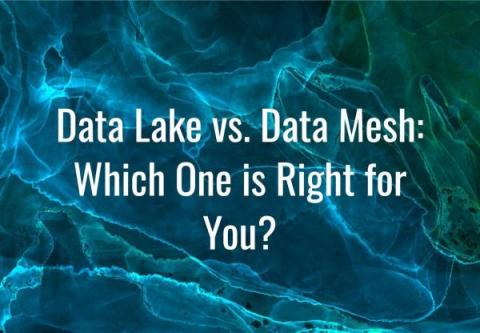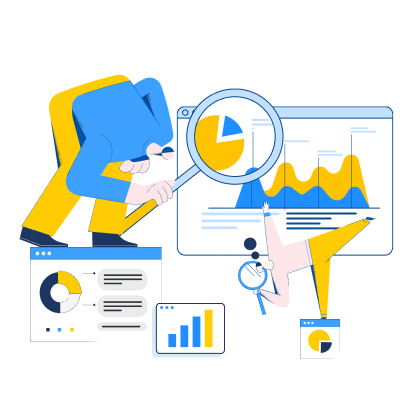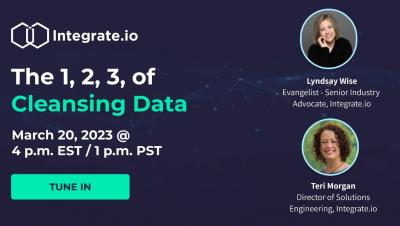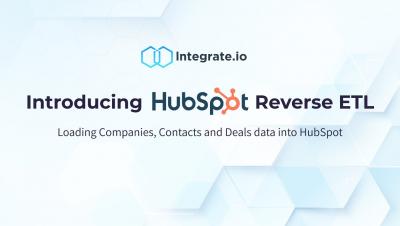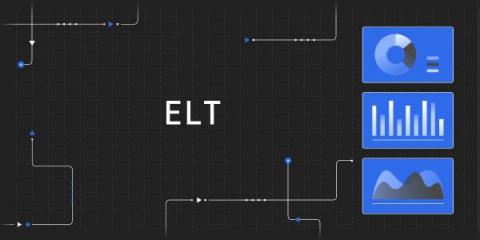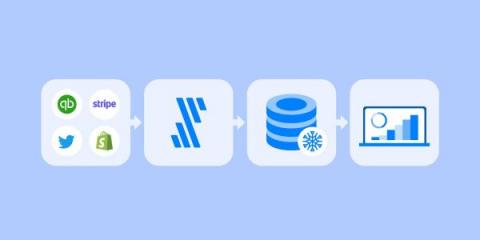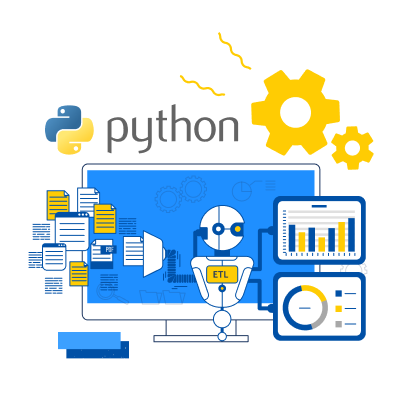Understanding the Necessity of ETL in Data Integration
In today's data-driven world, businesses are constantly generating vast amounts of data, which can provide valuable insights into their operations and customers. However, before data can be analyzed and used for decision-making, it often needs to be cleaned, transformed, and organized in a way that makes it usable. This is where ETL comes in.


